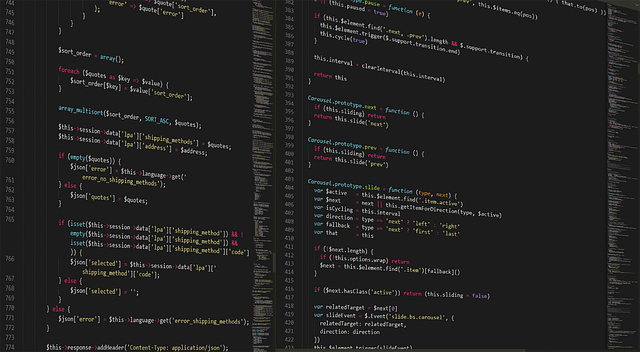Unlocking Efficiency: Platform Configuration Management Strategies
In the ever-evolving landscape of technology, configuration management has emerged as a crucial pillar for maintaining streamlined operations, particularly when it comes to platform management. Companies today are increasingly recognizing that efficient configuration management not only enhances their productivity but also fosters a cohesive and structured environment for their teams.
At its core, configuration management involves ensuring that all elements of a platform are aligned and functioning as intended. It serves as a backbone to your operations, providing clarity and order from the chaos of day-to-day tasks. When done right, it can transform an organization’s workflow, making it more agile and responsive to change.
The Importance of Configuration Management
Imagine a scenario where team members are juggling multiple tasks, each with varying processes and protocols. The confusion this creates can lead to errors, inefficiencies, and wasted time. Effective configuration management mitigates these issues by standardizing processes and ensuring everyone is on the same page. This shared understanding cultivates a sense of teamwork and focus, allowing employees to channel their energies into achieving common goals.
Strategies for Effective Configuration Management
To enhance your platform’s performance through configuration management, consider adopting the following strategies:
1. Establish Clear Documentation
Documentation is the cornerstone of any successful configuration management strategy. It allows teams to reference best practices, workflows, and system architecture effortlessly. Creating clear and comprehensive guides ensures that everyone understands the procedures, reducing the likelihood of mistakes and inconsistencies.
2. Automate Configuration Processes
Automation tools can significantly streamline configuration management tasks. By automating repetitive tasks, you save time and minimize the risk of human error. Tools like Terraform, Ansible, and Puppet can help standardize configurations across your platforms, making it easier to manage and deploy changes quickly.
3. Regularly Review and Audit Configurations
To maintain a healthy configuration environment, regular audits are essential. Set up a schedule to review configurations and assess their effectiveness. Identifying discrepancies or outdated settings can help prevent potential issues before they arise. This proactive approach not only enhances security but also contributes to overall system reliability.
4. Foster Team Collaboration
Encouraging open communication among team members regarding configuration management promotes a culture of collaboration. Regular meetings to discuss configurations, share insights, and address challenges can lead to innovative solutions that benefit the overall platform.
5. Embrace Change Management
In a fast-paced technological environment, change is inevitable. Develop a solid change management process to ensure that updates to configurations are handled systematically. This reduces disruption and helps your team adapt smoothly to new changes without compromising productivity.
By implementing these configuration management strategies, organizations can unlock greater efficiency and effectiveness within their platforms. The path to a well-structured, efficient environment may seem daunting at first, but the rewards it brings are well worth the investment. Ultimately, success lies in how well teams can manage, adapt, and thrive in their configuration processes.



